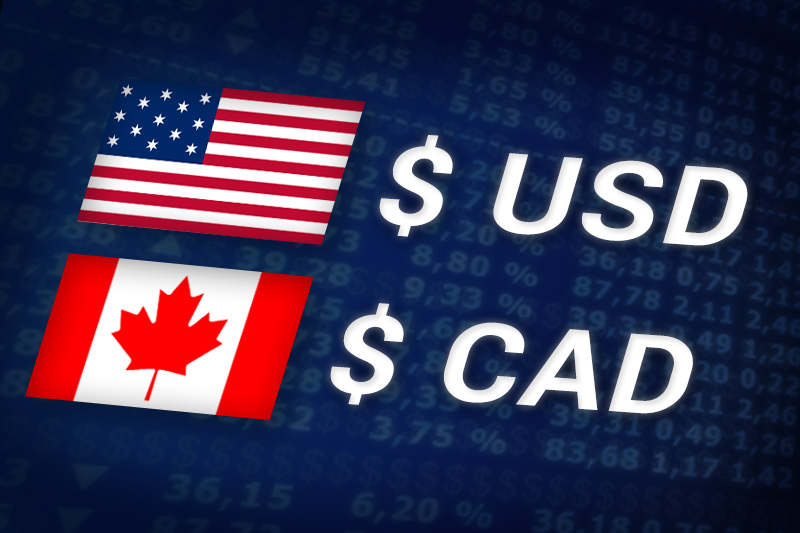Investing.com – The broadly stronger U.S. dollar was up against its Canadian counterpart on Thursday, hitting a three-day high as escalating fears over the global economic outlook saw risk aversion sharpen, weighing on demand for growth-linked currencies.
USD/CAD hit 0.9892 during U.S. morning trade, the highest since August 15; the pair subsequently consolidated at 0.9886, jumping 0.8%.
The pair was likely to find support at 0.9774, Wednesday’s low and one-week low and short-term resistance at 0.9918, the high of August 12.
The U.S. Department of Labor said earlier that the number of individuals filing for initial jobless benefits in the week ending August 12 rose by 9,000 to a seasonally adjusted 408,000, higher than the expected increase of 400,000.
The previous week’s figure was revised up to 399,000 from 395,000.
A separate report showed that the U.S. core consumer price inflation rose 0.2% in July, in line with market expectations, while consumer prices including food and energy costs rose 0.5% last month, above expectations for a 0.2% increase.
Concerns over the global economic outlook were exacerbated after Wall Street investment bank Morgan Stanley cut its outlook for global economic growth for 2012, citing an “insufficient policy response to Europe’s sovereign debt crisis, weakened confidence and the prospect of fiscal tightening”.
The investment bank added that the U.S. and Europe are “dangerously close to recession.”
The loonie came under further pressure after crude oil for delivery in October plunged 3.25% to trade at USD84.69 a barrel on the New York Mercantile Exchange, the lowest price since August 15.
Raw materials, including oil account for about half of Canada’s export revenue.
Elsewhere, the Canadian dollar was also down against the euro, with EUR/CAD edging 0.24% higher to hit 1.4183.
Earlier Thursday, official data showed that Canadian wholesales sales rose 0.2% in June, falling significantly short of expectations for a 1.5% gain.
Later in the day, the U.S. was to produce official data on existing home sales, manufacturing activity in Philadelphia as well as a report on natural gas stockpiles.
USD/CAD hit 0.9892 during U.S. morning trade, the highest since August 15; the pair subsequently consolidated at 0.9886, jumping 0.8%.
The pair was likely to find support at 0.9774, Wednesday’s low and one-week low and short-term resistance at 0.9918, the high of August 12.
The U.S. Department of Labor said earlier that the number of individuals filing for initial jobless benefits in the week ending August 12 rose by 9,000 to a seasonally adjusted 408,000, higher than the expected increase of 400,000.
The previous week’s figure was revised up to 399,000 from 395,000.
A separate report showed that the U.S. core consumer price inflation rose 0.2% in July, in line with market expectations, while consumer prices including food and energy costs rose 0.5% last month, above expectations for a 0.2% increase.
Concerns over the global economic outlook were exacerbated after Wall Street investment bank Morgan Stanley cut its outlook for global economic growth for 2012, citing an “insufficient policy response to Europe’s sovereign debt crisis, weakened confidence and the prospect of fiscal tightening”.
The investment bank added that the U.S. and Europe are “dangerously close to recession.”
The loonie came under further pressure after crude oil for delivery in October plunged 3.25% to trade at USD84.69 a barrel on the New York Mercantile Exchange, the lowest price since August 15.
Raw materials, including oil account for about half of Canada’s export revenue.
Elsewhere, the Canadian dollar was also down against the euro, with EUR/CAD edging 0.24% higher to hit 1.4183.
Earlier Thursday, official data showed that Canadian wholesales sales rose 0.2% in June, falling significantly short of expectations for a 1.5% gain.
Later in the day, the U.S. was to produce official data on existing home sales, manufacturing activity in Philadelphia as well as a report on natural gas stockpiles.
